Highlights of Guangxi Posted by sasha on May 3, 2018 in Culture
One of the most beautiful regions of China is Guangxi (广西 – guǎng xī). This autonomous region is home to a large population of Zhuang people (壮族 – zhuàng zú) and has its capital in Nanning (南宁 – nán níng). With stunning scenery, famous noodles, and a unique culture, it’s an amazing place to travel. In this post we’ll take a look at some of the highlights of Guangxi.
Guilin
While Nanning may be the capital, chances are you’ll start and end your trip to Guangxi in the city of Guilin (桂林 – guì lín). This is actually one of several Chinese cities that allows you to visit visa-free for up to 72 hours if you’re simply in transit. That’s just enough time to explore the city and its beautiful surroundings.
The area is famed for its karst mountains, which attract tons of visitors from China and abroad. The beautiful scenery along the Li River (漓江 – lí jiāng) is one of the most iconic landscapes in all of China, and it’s even featured on the back of the 20 RMB note. There’s even a famous Chinese saying about Guilin:
桂林山水甲天下 – guì lín shān shuǐ jiǎ tiān xià
“Guilin’s scenery is the finest under Heaven”
Taking a cruise down the river in a bamboo – albeit motorized – raft is likely to be one of your most memorable experiences in China. As it’s the most popular activity in the area, it’s very easy to arrange a tour.
The scenery isn’t the only thing Guilin is famous for, though. Guilin rice noodles (桂林米粉 – guì lín mǐ fěn) can be found all across China, and they’re absolutely delicious. It just comes with noodles, pork, and soup, but there are plenty of options for spicing it up – pickled veggies, chili sauce, garlic, and more. With a full belly, you’re ready to get out and take a walk in the park. It’s definitely of the most popular noodle dishes in the entire country, and you won’t find a better bowl than the ones they’re whipping up right here in Guilin.
Once you’re full of noodles, you can walk it off in the the Seven Star Park (七星公园 – qī xīng gōng yuán). It’s a popular spot for locals, who come here to play cards, practice water calligraphy, take part in group dancing, or just to sit around drinking tea. You can see all this and more in this short video “Chillin’ in Guilin:”
While Guilin is nice and all, you’ll want to spend a majority of your time in Guangxi out of the city. From here you can catch a bus for just two hours to arrive at one of the most popular and scenic towns in all of China.
Yangshuo
Yangshuo (阳朔 – yáng shuò) was put on the map by long-haired backpackers looking to climb the epic karst mountain peaks. Rock climbing (攀岩 – pān yán) is still huge here, with over 300 routes of varying difficulties. You can do anything from half-day starter courses to epic multi-day trips if you’re interested in climbing.
It’s not just rock climbing backpackers coming here these days, though. Yangshuo is an incredibly popular destination for domestic tour groups, so don’t be surprised when you encounter massive groups of selfie stick-waving tourists in matching hats. Thankfully it’s not that hard to escape the crowds. Just rent a bike (pedal or motor) and head out to explore the picturesque countryside. Here are some highlights of a day cycling in Yangshuo:
All that activity is sure to make you hungry. Order up some of the local specialty – beer fish (啤酒鱼 – pí jiǔ yú). Choose your own fish from the tank and have it cooked up in a mixture of chillies and beer. Order up some side dishes and a bowl of rice, and you’ve got yourself one hell of a meal.
Every night, you can catch the awe-inspiring Impression Liu Sanjie (印象刘三姐 – yìn xiàng liú sān jiě) performance in the world’s largest natural theater. Set on the river with the karst mountains as the backdrop, this epic show highlights the culture of the Zhuang people and features hundreds of local people. Check it out in this video and be sure to add it to your itinerary:
Longji Rice Terraces
No trip to Guangxi would be complete without visiting the Longji Rice Terraces (龙脊梯田 – lóng jí tī tián). With a name meaning “Dragon’s Backbone,” the layered rice paddies are said to resemble a dragon’s scales when they are full of water. You can sign up for a tour from Yangshuo or Guilin, or just get here yourself on the public bus.
Once you’ve bought your entrance ticket, you can either hike up or take the cable car. Yes, that’s right – they put a cable car in here. An hour or so of hiking lands you in Dazhai village (大寨村 – dà zhài cūn), where you’ll find quite a few guesthouses, restaurants, and knick-knack shops. Even up here in the mountains of rural Guangxi, the locals are quite the entrepreneurs. A great choice is the Dragon’s Den Hostel, which has great views, tasty food, and a hilariously small pool table. They’ve got both dorm and private rooms available, all at a reasonable price.
There are a lot of easy to moderate hiking trails in the area, and the folks at Dragon’s Den have mapped them out quite nicely for you. A few viewpoints are scattered around the village, which you can reach in easy 15-20 minute walks. See what the Longji Ricer Terraces look like in this short video:
As you can see, there’s plenty to see, do, eat, and experience in Guangxi, and that’s just the tip of the iceberg. If you’ve got more time and are willing to sit on some bumpy local bus rides, there are plenty of natural wonders and colorful Zhuang villages waiting for you. Of course, you’ll want to make sure to learn some Chinese before heading off on such an adventurous trip.
Have you ever been to Guangxi? Which places did you visit? What did you think of it? Leave a comment below!

Build vocabulary, practice pronunciation, and more with Transparent Language Online. Available anytime, anywhere, on any device.



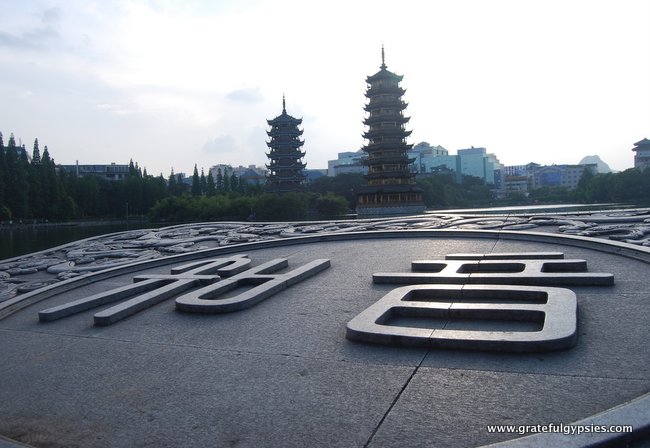


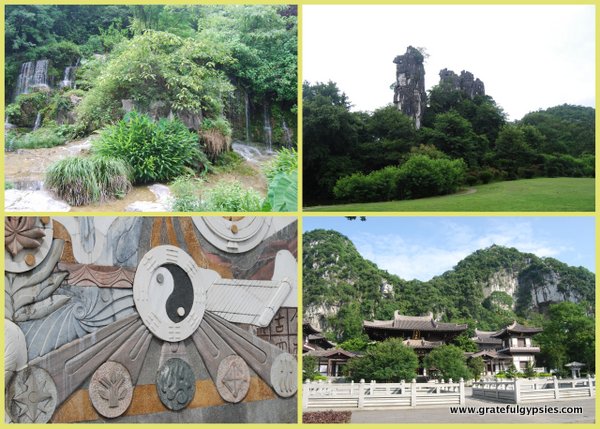
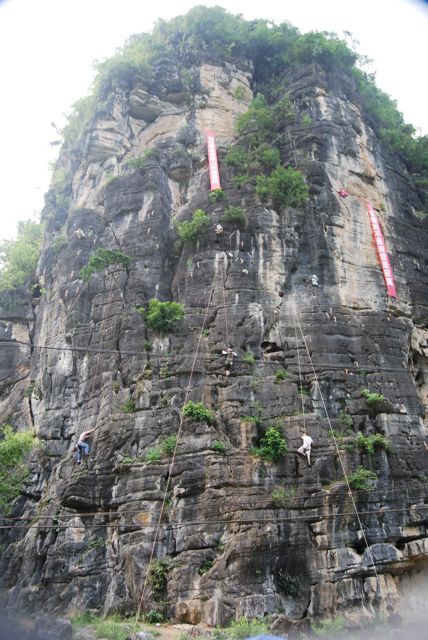
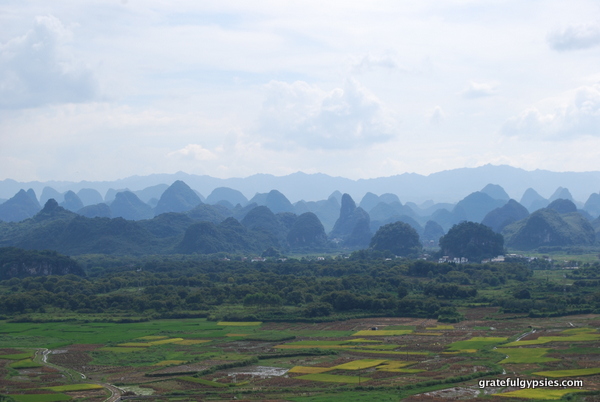

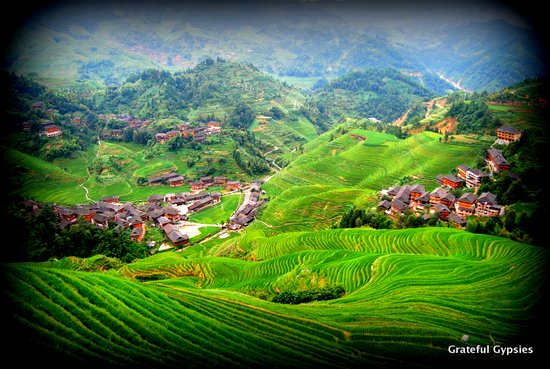

Comments:
Joel Andersson:
Hi Sasha,
Thanks for such a beautiful blog.
I’m writing to ask if you would be interested in sharing information about our language school in Yangshuo? I recently moved here to study Chinese and have become highly invested in the community. Now I try to help others get on the right track with their Chinese.
I think mentioning our school would be relevant to your readers and could enrich their stay in Yangshuo. Do you agree? Feel free to visit our website, http://www.omeidachinese.com and see for yourself.
Please don’t hesitate to email me on marketing@omeidachinese.com
Best wishes,
Joel Andersson